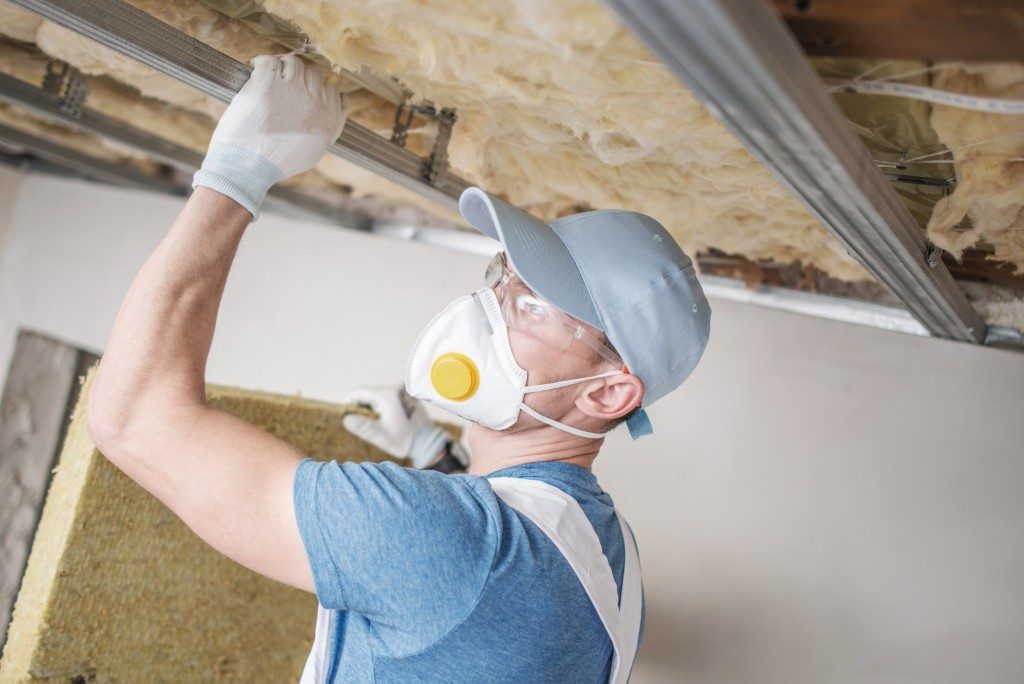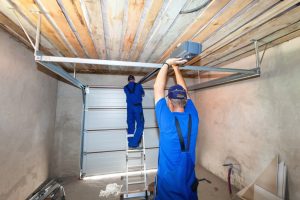With the rising cost of living more and more prevalent by the day, it would be no surprise that homeowners constantly look for ways to lessen their expenses and save as much as they can. One of the areas they consider saving on the most is household utilities, especially power consumption.
Home insulation is an environmentally friendly way to save on energy bills. You can insulate your home in so many ways. Some of them are easy, which anyone can do, while others are a bit more complicated, and a professional touch would be appropriate.
Here are critical areas of your home that require insulation just before winter.
Cavity Walls
Naturally, heat energy flows from a warm place to a cold one, and the situation can cause you sleepless nights during winter. So, it’s essential to ensure that the walls on your house in Kansas City are adequately covered with spray insulation or just any other insulation type so that heat can stay indoors.
However, you need first to identify the kind of walls you have in your house. Not all kinds of insulation suit all kinds of walls. In addition, modern houses have cavity walls that are already insulated. They can allow a sealant reinforcement as well. You could ask your contractor about it if you are unsure.
The Roof and Loft

When cold air can penetrate the roof, it will cause the water in the pipes and tanks in the loft to freeze. This can cause damage to not only the pipes but also your walls and ceiling as well as cost you some money in repairs and replacements.
Besides, some cold draughts will undoubtedly find their way indoors, increasing the level of discomfort. Therefore, it can be a great idea to ensure the entire attic and the roof above have proper insulation.
The Floors
Unlike many old homes, modern houses do have floors made of sturdy solid concrete. Applying insulation on dry concrete sometimes can be difficult. However, when the need to insulate it arises, you could opt to lay an insulator on top of the underlying concrete.
This is best done with the help of an expert. Some home projects may be completed going the IDY route, but this isn’t not of them. For effective floor insulation, you might have to wait until it’s time to replace the entire flooring.
As a final thought, the quality of work done and the costs of insulation services largely depend on how well you do your homework. You might want go with the first contractor you come across, but that will not be a guarantee that you will get the quality you want.
Don’t hesitate to ask as many questions as you want until you are satisfied with what you understand and what you and your contractor plan to go about your insulation project. Remember that it is much better to keep asking questions in the beginning than to not do so, and then realize too late that costly mistakes have been done in installing insulation in your home.






